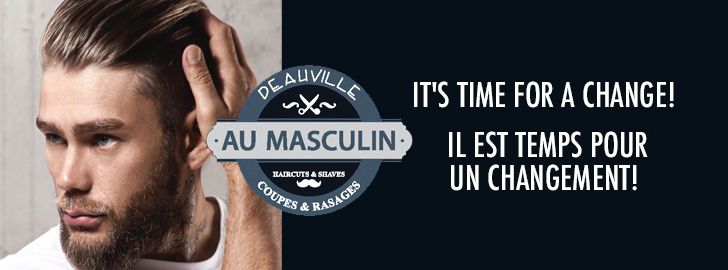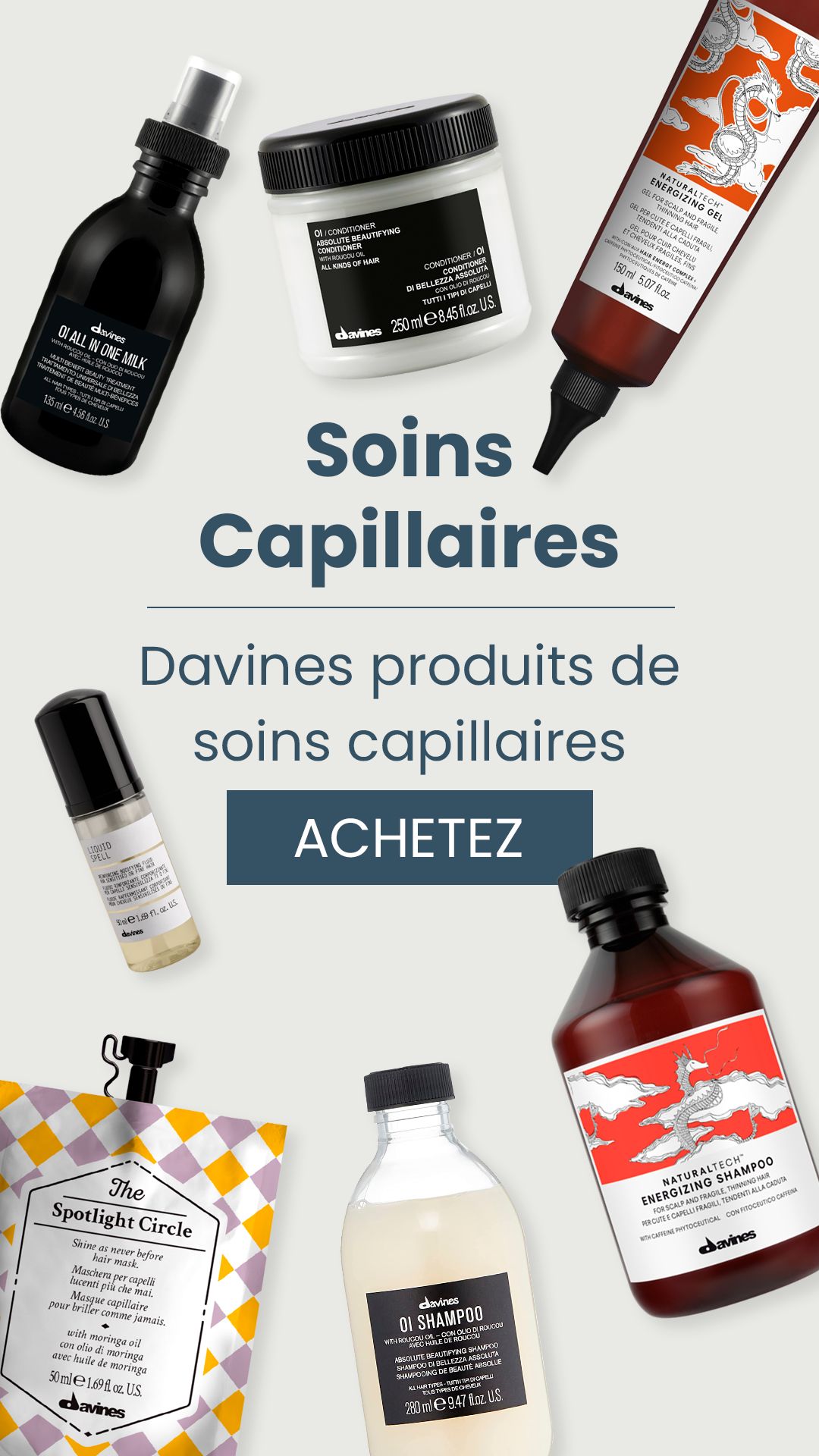What Are the Benefits of Nail Maintenance?
Keep your nails in good health is not only an attractive and stylish feature; it can also prevent infections. Regular manicures and pedicures with products designed to nurture nails are key in maintaining their strength and wellness.
Other nail maintenance tips include wearing gloves while doing household tasks, not biting your nails, and choosing nail polishes and removers without harsh chemicals like formaldehyde, toluene and DBP. Furthermore, moisturizing cuticles regularly will keep them hydrated and prevent peeling.
Increases Blood Circulation
Maintaining strong and beautiful nails requires ample blood flow. Manicures provide this necessary maintenance by regularly massaging both nails and cuticles for increased blood circulation to these areas – helping prevent nail ridges or hangnails that would otherwise appear.
Proper nail maintenance also lowers the risk of fungal infections, including onychomycosis – a prevalent infection usually found in moist environments like public pools and locker rooms.
To reduce your risk, keep nails short and clean; wear flip-flops or shower shoes when in areas prone to foot fungus; change out wet socks and shoes regularly, moisturizing nails daily as well as using an effective nail oil or cream will all help you protect against this condition.
Prevents Calluses
Calluses occur when skin accumulates over areas subject to repeated pressure or friction, such as hands and feet. Though calluses provide some measure of protection, if left untreated they can become uncomfortable or unsightly.
Keep your nails healthy by regularly trimming, filing and moisturizing for optimal care that reduces discomfort, pain and infection. Indulge in nail maintenance services including trimming, filing and moisturizing to promote nail health and avoid calluses from forming.
Nail maintenance starts with a warm, soapy soak for feet and fingers in a manicure/finger bowl, softening skin enough for easier callus removal with pumice stones or foot files. A cuticle softener should also be used when taking this approach in order to minimize skin damage under calluses; additionally a cuticle pusher may help avoid too much removal of natural nail skin around nails.
Reduces Pain
Nail plates are hard, dry surfaces; however, the skin around nails contains sensitive nerve endings which are exposed when nails tear or crack; this can be quite painful until new skin covers this exposed area.
Biting or picking at your nails can allow germs into small cuts on your hands, leading to painful infections like paronychia (painful inflammation around nails caused by bacteria) or fungal infections such as ringworm. Regular manicures can help guard against this form of infection.
Falcone suggests taking biotin, fish oil and vitamin E as vitamins or supplements to increase nail health. She also advises using cuticle treatments and nail buffers; she suggests sterilizing tools regularly using 70% isopropyl alcohol to ensure their best performance.
Prevents Infections
Nail infections can arise if bacteria or fungus has time to take hold and thrive in your nail beds, particularly for people living with diabetes and those who lack an effective immune system. Fungal infections pose particular danger to those who lack immunity due to diabetes and suppressed immunity systems – these conditions often leave discolored nails with chalky white or yellow tintings brittle, discolored and highly contagious.
Washing and drying the nails regularly is key to avoiding infections. Good nail care includes trimming and filing straight across, wearing shoes that offer enough room for toes, using moisturizer on cuticles and nails and applying them frequently to keep them hydrated – something which reduces risk of infections while making nails less prone to cracking or breaking.
Avoid cutting your cuticles as this could lead to infection. Instead, push them back with a wooden stick after soaking in warm water and massage with moisturizing nail and cuticle treatments for maximum effect.
Prevents Damage
Nails are an indicator of overall health. They may reveal stress levels, nutritional deficits, fungal infections or even some illnesses.
Moisturizing natural nail and cuticle care by moisturizing is vital. Products featuring jojoba oil, shea butter and avocado provide vital nourishment for nail health and nourishment of cuticles and nails alike.
Prior to performing any nail work, it is also crucial that cuticles are gently pushed back with a stick or padded abrasive pad in order to avoid overtrimming and infection.
Wearing gloves is another key way to safeguard the nails and cuticles against environmental factors, including water, harsh cleaning detergents or acetone. Furthermore, try not to bite or pick at your nails, as this causes further damage. Finally, consult a dermatologist if there are changes in color or texture; any unusual symptoms could indicate an underlying health issue.




